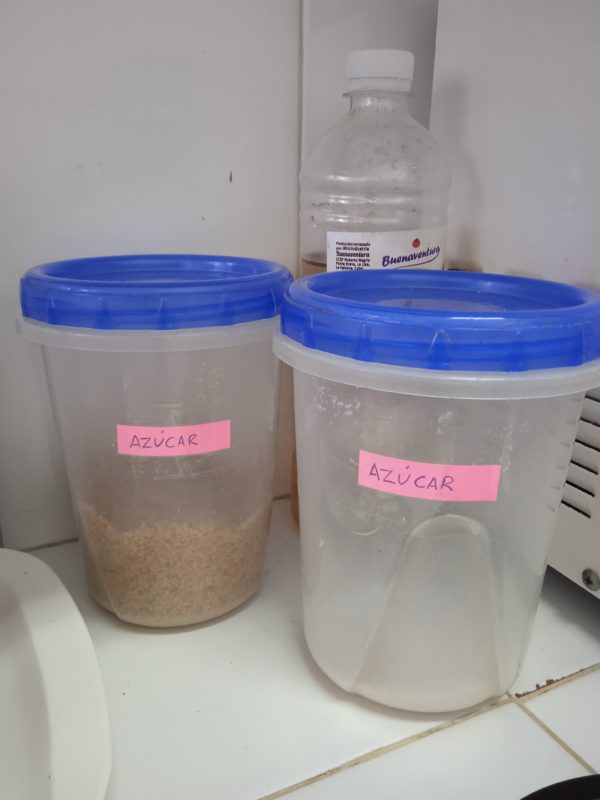What Happened to Cuba’s Sugar?

By Kamil Kenders
HAVANA TIMES – My mother is an excellent maker of homemade sweets. No one left my house without trying some custard, a piece of “panetela” (cake), a small dish of rice pudding, or a flan, which is another of her specialties in pastry.
My father, her longtime taster, is a sweet lover by nature, and I, though not a big consumer, must admit that if my mom had participated in a pastry contest, she would have taken first place. But that’s not the sugar in the sweet, pun intended. For a long time now, “sugar” is one of the scarcest products in modern-day Cuba.
It sounds ironic because anyone familiar with our country’s history knows that since colonial times, this has always been an island of sugarcane fields, a land producing and exporting sugar. And when we talk about exports, it is understood that our sugar, the people’s sugar, is guaranteed. At least it used to be.

In 1959, Cuba had 161 sugar mills. Almost a third of them were in the central provinces, and the rest in Oriente and Camagüey: the locations of the best producers. Those in the west were at a disadvantage; however there was excellent production. Of course, most of the capital was controlled by Americans, but with the triumph of the Revolution, everything changed, and they became government property in its entirety.
Despite various changes, sugar production continued for many years. Some periods were better than others, but I can assure you that today, and for some time now, making a sweet is quite a challenge because the sugar sold to us through the ration book is decreasing. And, of course, if you need sugar, you can find it in small private businesses at very high prices. Sugar that is imported, responding to the incompetence of a country to produce this precious and valuable product derived from sugarcane.
Currently, only 20 mills are active, and they have to meet the demand for the population, for tourism, and obviously for export. It’s not that it’s terrible news, but in reality, the numbers don’t add up. As for my mom’s sweets, well, my family has already gotten used to it, and we look at the positive side: eating too much sugar is not good for health either.

Read more from the diary of Kamil Kenders here on Havana Times.






There is a balance between “savage” capitalism where the marketplace is an economic wild west and the individual initiative-killing Castro-style socialism that has gutted the Cuban economy. Castro stole wealth and property, in part, to punish the wealthy who resisted his revolution and in doing so, lost generations of expertise in manufacturing productivity. The sugar industry is just one of many now extinct Cuban products.
What happened to Cubans sugar is an easy question to answer,it was nationalized by an incompetent government that can’t tie it own shoe. The only thing they have done fairly effectively is indoctrinate 3 generations that everything is The United States fault. They convinced even many Americans that American controlled the sugar. You won’t find a mention of Julio Lobo, the Cuban that controlled 80% of the world’s sugar, He was called the Sugar King. He also owned an airline, several banks and an Insurance company. He also owned one of the largest collections of Napoleon’s memorabilia. Castro took it all and destroyed it with mismanagement and negligence. The only thing that was salvaged was the Napoleon collection that is the capital’s great Napoleon Museum. It should have a sign under each piece stating, Stolen from Julio Lobo. Left alone, those industries would excel. Castro wanted everything that Batista had, and everyone else’s possessions as well.
WHAT HAS HAPPENED TO ‘EVERYTHING’ IN CUBA ?? .. ?? .. ??
What happened to Cuban sugar, freedom, infrastructure, progress, hope, dignity